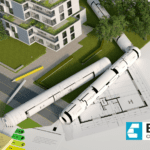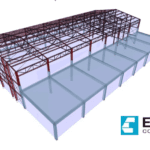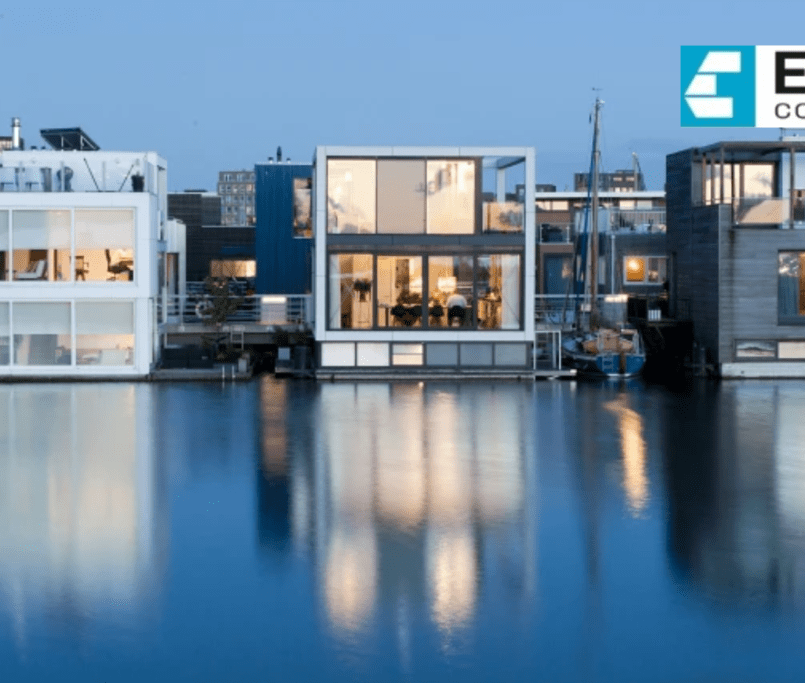From Blueprint to Reality: The Journey of Structural Design
Introduction:
Structural design is the silent force that shapes the world around us, transforming abstract ideas from blueprints into tangible, functional structures. The journey from conceptualization to realization is a fascinating process that involves precision, innovation, and a deep understanding of engineering principles.
The Blueprint Stage:
At the heart of every architectural marvel lies a meticulously crafted blueprint. This initial stage is where the vision takes shape on paper, with designers and engineers collaborating to create a plan that encompasses both form and function. The blueprint serves as the roadmap, outlining the dimensions, materials, and specifications required to bring the structure to life.
Innovation in Design:
As technology advances, so does the realm of structural design. Innovations in design software and modeling tools have revolutionized the way architects and engineers conceptualize their ideas. Three-dimensional modeling allows for a more immersive and accurate representation of the final product, enabling professionals to identify potential challenges and refine their designs before breaking ground.
Material Selection:
Selecting the right materials is a crucial aspect of structural design. Engineers must consider factors such as durability, flexibility, and sustainability. Advancements in materials science have introduced a wide array of options, from traditional steel and concrete to cutting-edge composites. Each material has its own set of properties, influencing the structural integrity and longevity of the final product.
The Role of Structural Analysis:
Before construction begins, structural engineers conduct comprehensive analyses to ensure that the proposed design meets safety and performance standards. Finite element analysis, load testing, and other simulations help identify potential weaknesses and allow for adjustments to enhance the structure’s overall stability. This meticulous scrutiny ensures that the blueprint is not just aesthetically pleasing but also structurally sound.
Construction Phase:
With the blueprint finalized and the design thoroughly analyzed, the construction phase commences. This stage involves a synchronized dance of various professionals, including architects, engineers, project managers, and construction workers. Precision is paramount as the blueprint is transformed into reality, with each component coming together to create the envisioned structure.
Challenges and Problem-Solving:
No construction project is without its challenges. Unforeseen issues may arise during the construction phase, requiring quick thinking and innovative solutions. Structural designers and engineers collaborate closely with construction teams to address challenges such as unexpected site conditions, material shortages, or changes in project scope.
Quality Assurance and Testing:
As the structure takes shape, quality assurance becomes a focal point. Rigorous testing ensures that every element of the design meets industry standards. This phase may include load tests, seismic evaluations, and inspections to guarantee the structural integrity and safety of the finished product.
Completion and Realization:
The culmination of the structural design journey is the completion of the project. The once-static blueprint is now a living, breathing testament to human ingenuity. Whether it’s a soaring skyscraper, a sweeping bridge, or a functional residential space, the realization of the design marks the successful navigation of the intricate path from concept to creation.
Conclusion:
The journey from blueprint to reality in structural design is a testament to the collaborative efforts of architects, engineers, and construction professionals. As technology continues to evolve, the process becomes more refined, allowing for greater precision and efficiency. Ultimately, structural design is the art and science of transforming imagination into the tangible, shaping the world we inhabit.






